Terrence O’Brien: Keeping Chicago hydrated

Chicago’s master plumber strives for innovative and effective water treatment solutions
by Aaron Jaffe
Circle of Blue
CHICAGO — One-hundred-nine miles of tunnel 300-feet underground, 26 pumping stations, seven treatment facilities,1.4 billion gallons of wastewater a day: it’s all under the oversight of one man. Plumbing the sewers for some 5.3 million people, Terrence O’Brien oversees the treatment of Cook County’s wastewater. O’Brien, President of the Metropolitan Water Reclamation District of Greater Chicago (MWRD), says simply, “We’re here to collect, treat and dispose of wastewater.”
MWRD’s charge is to improve and preserve the water quality of Lake Michigan. “It’s always been this agency’s mission for the last 119 years to protect that freshwater supply from pollutants and contaminants,” says O’Brien.
With wastewater management in his blood, O’Brien is a third generation MWRD worker. He started as a miner on the Tunnel and Reservoir Project (TARP) — one of world’s largest wastewater and sewage construction projects. Sinking drop shafts, and operating giant clay spades deep under Chicago, O’Brien helped shape the tunnels he would later manage. “I’m not much of one to always sit behind a desk, I like to go out and get dirty,” he says.
After TARP, he worked his way up at MWRD and in 1988, he was elected to the district’s board — the equivalent of becoming the master plumber of metropolitan Chicago. In 1997 he rose to board president, a post he has held since.
With creative efficiency, Chicago’s wastewater treatment shines
As many cites nationwide struggle to raise money to operate and expand their sewer and water systems, O’Brien keeps Chicago’s water treatment facilities running more efficiently and cheaper than any other large municipality in the United States, according to trade associations. With numerous awards from the Environmental Protection Agency and American Public Works Association, Chicago has become a model of how to do water treatment well.
In a world where his customers don’t think of water treatment beyond their first flush, O’Brien and his team are always looking ahead in an industry that often goes unnoticed. “When we’re behind the 8-ball here as an agency, we rise to the top in doing and performing the duties that we’re told to do and are responsible for doing.”
Some of the simplest problems, such as having a sufficient amount of dissolved oxygen in the water as it leaves the treatment plant, can cost the city millions in infrastructure improvements. But with O’Brien’s oversight, non-traditional solutions, like building roaring artificial waterfalls to oxygenate the water, have saved the taxpayers hundreds of millions of dollars and won multiple engineering awards for MWRD.
“Everything we do at this agency has a benefit-to-cost ratio,” he says. “A lot of people say, ‘well just go ahead and build it, we don’t care what benefits we’re going to receive, just do it, and we’ll live with it later on.’ We don’t operate like that here.”
Since O’Brien took office, the TARP tunnels have expanded nearly 70 miles, the giant reservoir near O’Hare has come online, the oxygen-feeding waterfalls have been completed, and new bio-solid recycling measures have been explored. Affirming MWRD’s successes, O’Brien points out that “it’s almost our fault … that people now want to swim in the Chicago River.”
Water Environment Federation’s Annual Technical Exhibition and Conference (WEFTEC)
On October 18, 2008, more than 18,000 of the world’s leading water experts, and 1,000 companies working in water treatment will come Chicago to attend WEFTEC. “We’re proud to be the host,” O’Brien notes. “It’s a time when we’re bringing great minds together to talk about the new things that are available in wastewater and storm-water treatment.”
At WEFTEC, O’Brien will receive the Public Officials Award for his work at MWRD. “I’m willing to accept it on behalf of all of our employees,” O’Brien says.
As a matter of precedent, MWRD considers their carbon footprint whenever facing infrastructure choices. Working to green their plants, MWRD purchased a fleet of 30 electric vehicles last year. To O’Brien being green is a no-brainer. “We’ve been green for 119 years, long before the color green was ever popular,” he says.
With a global water crisis working against citizens and economies around the world, O’Brien is optimistic that MWRD can continue to look ahead — making smart choices for the future, while still staying rooted in its mission to keep Lake Michigan clean.
Aaron Jaffe is a Circle of Blue writer and researcher. Reach him at circleofblue.org/contact. Top inset photo courtesy of http://www.terrencejobrienmwrd.com/.

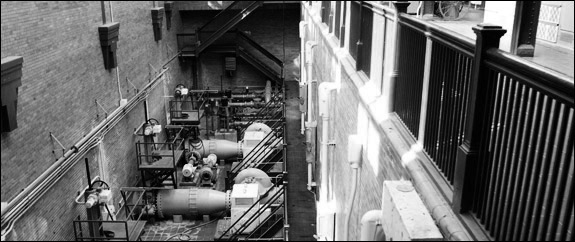
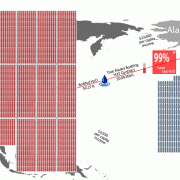
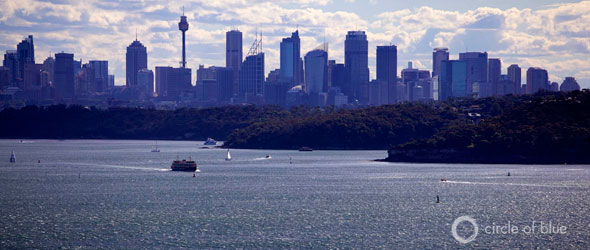

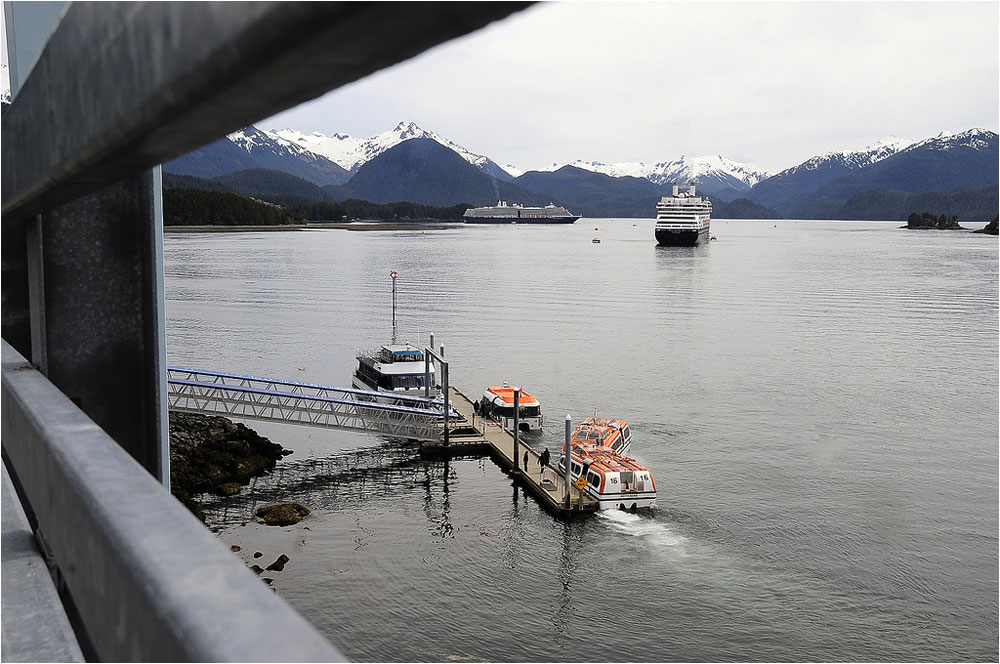
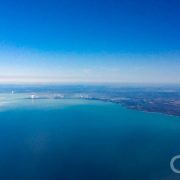


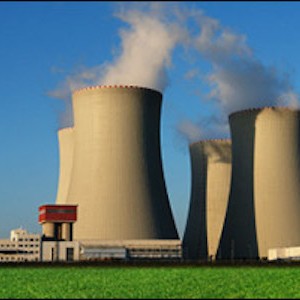
Leave a Reply
Want to join the discussion?Feel free to contribute!